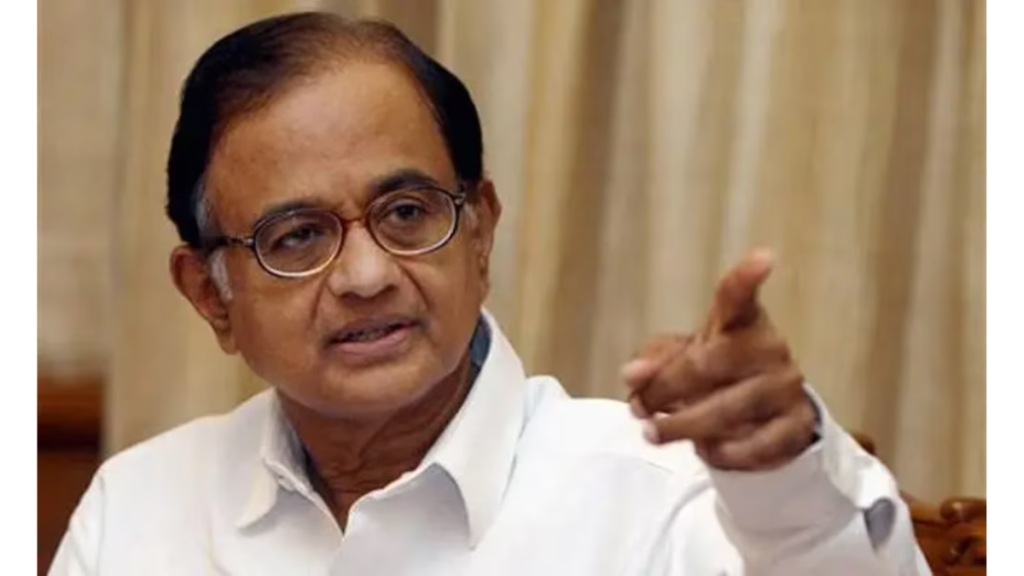Unprovoked wars are not intended to achieve a lofty goal but to advance a partisan ideology. BJP has a penchant for starting unprovoked wars. The Citizenship Amendment Act (CAA) and the Uniform Civil Code (UCC) are examples. They were not designed to fulfill any felt necessity. Both CAA and UCC were pushed by the RSS-BJP to create discord among Hindu and non-Hindu communities.
The central government has blown the bugle of another unprovoked war, this time on language. The so-called ‘three language formula’ (TLF) was first mooted by the Radhakrishnan Committee. It was dead-on-arrival. No state has ever implemented TLF.
TLF not a priority
There were many reasons. The first priority was naturally given to building schools and appointing teachers. The second was universal enrollment and keeping the children in school. Next was to improve the quality of teaching — not only of languages but of other equally important subjects like mathematics, science, history, geography and social studies. Those tasks are incomplete after 78 years of independence.
Language became an explosive issue not because of ‘education’ but because of Article 343 of the Constitution. It declared that Hindi shall be the official language of the Union but English shall continue to be used for a period of 15 years. The fifteen years ended in 1965. An unthinking government declared that, with effect from January 26, 1965, Hindi would be the sole official language. The reaction was immediate and spontaneous. Tamil Nadu erupted, and a Dravidian party rose to power. Jawaharlal Nehru had made a promise that English will continue as Associate Official Language as long as the non-Hindi speaking people wanted it. At the height of the 1965 crisis, Indira Gandhi alone had the courage and the wisdom to defy the zealots and repeat the promise.
More than the promise, the exigencies of administration obliged the central government to be bilingual. Hindi, like other Indian languages, was not versatile enough to cope with the demands of science, law, economics, engineering, foreign trade, foreign relations, international bodies, etc. State governments are bilingual too and depend on English for passing legislation and many aspects of administration.
Meantime, there have been three developments with far-reaching consequences. One, in 1975, ‘Education’ was transferred from the State List to the Concurrent List eroding the autonomy of the states as far as school education is concerned. Two, India embraced liberalisation and globalisation in 1991 and, inevitably, English. Three, there was a demand from parents for English medium schools, and it is growing.
Which is third language?
The present conflict is over aspects of the New Education Policy (2020) and, in particular, TLF. The regional/state language is the ‘first’ language in schools, English is the ‘second’ language, but which is the ‘third’ language?
The Union Education Minister has a glib argument. The NEP is a national policy and every state is Constitutionally obliged to adopt the policy. Further, while NEP mandates the teaching of a third language, it does not stipulate that the third language must be Hindi. Mr Dharmendra Pradhan feigned innocence when he asked, why is the government of Tamil Nadu opposed to the NEP and the teaching of a third language?
The answers are simple: (1) NEP is the policy of the current central government and not mandated by the Constitution and (2) the official policy of successive governments in Tamil Nadu has been that two languages — not three — will be taught in government schools. The TN government has put no impediment to private schools offering Hindi as a subject. Kendriya Vidyalaya schools and schools in Tamil Nadu affiliated to CBSE (642), ICSE (77) and IB (8) offer Hindi, and thousands of children learn Hindi. The government also does not stand in the way of lakhs of children learning Hindi through the Dakshin Bharat Hindi Prachar Sabha or similar organisations.
One language in many states
As far as NEP is concerned, NEP has both good features and unacceptable features. One of the controversial features is TLF. TLF is not enforced in the Hindi-speaking states but sought to be enforced in the non-Hindi speaking states. It is a matter of record that government schools in Uttar Pradesh, Uttarakhand, Bihar, Jharkhand, Madhya Pradesh, Chhattisgarh and Haryana follow effectively a one-language policy of only Hindi.
Most children enrolled in government schools in these states learn no other language because there are few English teachers and hardly a teacher of any other language. Private schools are happy to follow government schools and teach Hindi; many also teach English but not a third language. In the few schools that offer a third language, it is invariably Sanskrit. In states like Punjab, Gujarat and Maharashtra, the third language is Hindi, but it is well known that Punjabi, Gujarati and Marathi have a close kinship with Hindi.
Besides, the quality of English taught is appallingly poor. Children studying in government schools where English is taught hardly speak English outside the English classroom. This is true for all states, Tamil Nadu included. Before the Minister of Education bullies Tamil Nadu into accepting TLF — really Hindi as the third language — he should make a success of teaching two languages (the regional language and English) all over India. Spoken English is scarce; good spoken English is rare.
Government has failed to teach English, the agreed second language; why does the government have ambitions to succeed in teaching a third language?
Disclaimer: Views expressed are personal and do not reflect the official position or policy of FinancialExpress.com. Reproducing this content without permission is prohibited.

